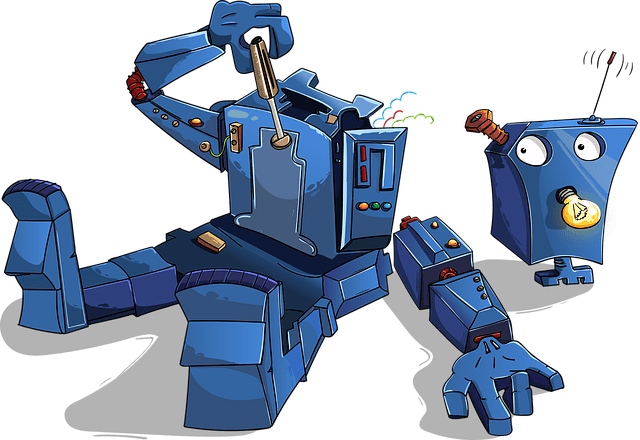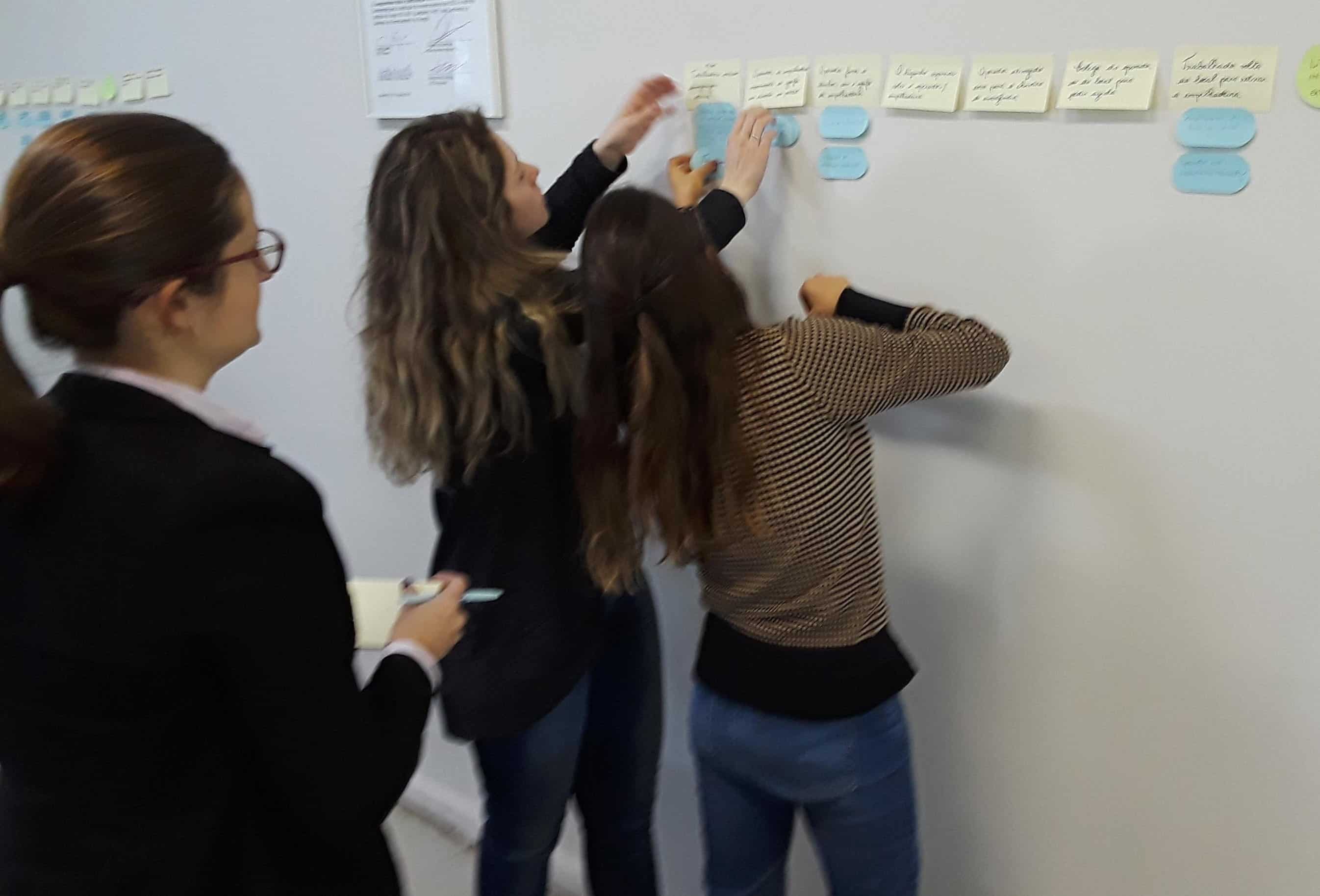Equipment Troubleshooting – Don’t Forget Root Cause Analysis

I’ve read through many different troubleshooting philosophies and general methods when it comes to equipment troubleshooting. Depending on the type of equipment (electronic equipment, rotating machinery, etc.), there can be different ways of narrowing down and then fixing those failures. For example, in electronic troubleshooting, you can use either linear or half-split methods to arrive at the actual failed component.
Here is an example: How (and why!) you should troubleshoot large construction equipment.
Equipment troubleshooting should also include human performance root cause analysis.
One thing that IS common to many of these methods is that, although they may list “root cause analysis” in their troubleshooting methodology, very few actually dig down to understand the human interaction with the equipment. I’ve found that very few pieces of gear actually just break. If a motor quickly fails when being used properly, it probably is not a very good motor, and that manufacturer would not stay in business very long. Equipment that fails almost always does so because a human has done something to it:
- Installed it wrong
- Operated it outside its design limits
- Shut is down wrong
- Did the wrong maintenance on it
- Bought the wrong equipment
- Aligned it improperly
- etc.
Your corrective action should not simply say, “Replace the failed bearing.” It needs to look at how the human negatively affected the performance of that bearing, and then correct that issue. When doing a root cause analysis, it is critical to look at these human interactions and interfaces to ensure that we find, understand, and correct the actual human performance issues that lead to failure. The combination of the Equifactor® equipment troubleshooting module with the rest of the TapRooT® System digs down to these issues and puts effective corrective actions in place.
How can you get started?
Improve equipment troubleshooting at your facility today! Buy the book or attend an upcoming course.




